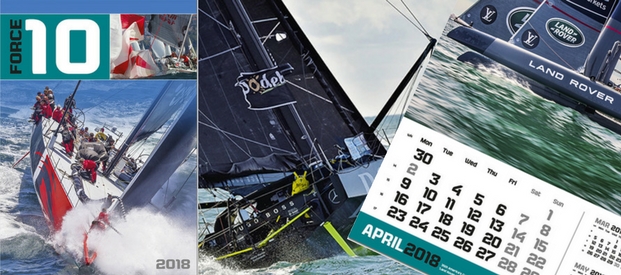Sail up to Date with the America’s Cup
You may have noticed that sporting news is currently abuzz with details of this year’s America’s Cup, with stories of near-misses and technical data contributing to what looks like a thrilling spectacle. The holding champions, Oracle USA, defend their title against teams from five other nations with racing at incredible speeds in boats which seem to fly above the water.
In just ten years, advances in technology have dramatically changed this sport. The catamarans of today are raised on narrow foils, keeping the hull out of the water and enabling speeds of an amazing 50 knots, compared with 18 knots only ten years ago.
It’s not just the foils which make the difference. For 2017 the boats are less than 50 feet long, making them lighter and more nimble than ever. Each boat has a rigid wingsail like an aeroplane’s wing, and uses stored energy to operate hydraulics for controlling the wingsail and foils. It’s the design of each boat combined with the sailing skills of the six crew members which is the key to success. Each team has a helmsman (usually the skipper), a wing trimmer who controls the camber and angle of the wing, and four ‘grinders’ who constantly turn the handles on the grinding pedestals to charge the hydraulic system. The team’s tactician is one of the grinders. This year the inventive New Zealand team has replaced grinders with ‘cyclors’, using legs instead of arms to generate power.
The oldest sporting trophy
The America’s Cup is the oldest sporting trophy but the racing today would be unrecognisable to those who watched the very first race back in 1851. In those days the competition was a glorious sight with single hull yachts, magnificent in full sail, racing far out at sea at dignified speeds of around 12 knots.
The first race was part of the World Fair in Britain and took place around the Isle of Wight, finishing at Cowes. The schooner, ‘The America’ won the race and from that time it was renamed ‘The America’s Cup’.
The contest
The competition is stacked in favour of the defending champions so it is always difficult for a new team to win the America’s Cup. After their success in 1851, the USA held the title for 132 years, winning it 24 times until the Australian team won in 1983. The trophy, also known as the ‘Auld Mug’, has only ever been held by four nations.
Racing takes place in three stages. All the challenging teams compete in a series of qualifying races and the team with the fewest points is eliminated. In the next stage, the remaining challengers compete for top place. Finally the best of the challengers faces the defending champions in a contest over two weekends, finishing when one team wins seven races.
This year’s America’s Cup
In this 35th America’s Cup, five teams stepped up to challenge the defending champions, Oracle USA: the British Land Rover BAR team skippered by Sir Ben Ainslie, and teams from Sweden, New Zealand, Japan and France.
Sometimes described as ‘Formula One on the water’ the final of the America’s Cup takes place on 17-18 and 22-24 June 2017. Set in the magnificence of the Bermuda Great Sound, with futuristic boats, speeds faster than the wind, and state-of-the-art filming from cameras on the boats and on drones, this will be a contest full of tension, excitement and visual delight.
Spirit of Adventure Calendar
Discover exhilarating action images which capture the speed, energy and excitement of international sailing events involving the latest in boat technology in The Spirit of Adventure Calendar.
https://www.rosecalendars.co.uk/spirit-of-adventure-calendar










